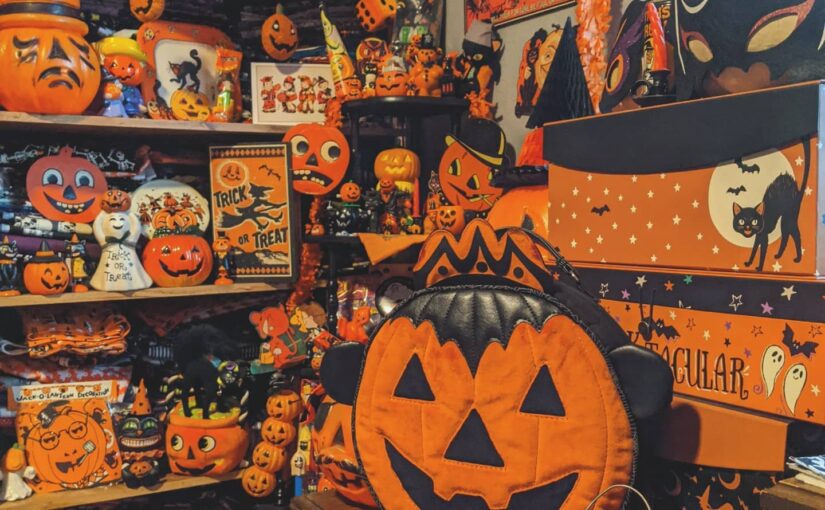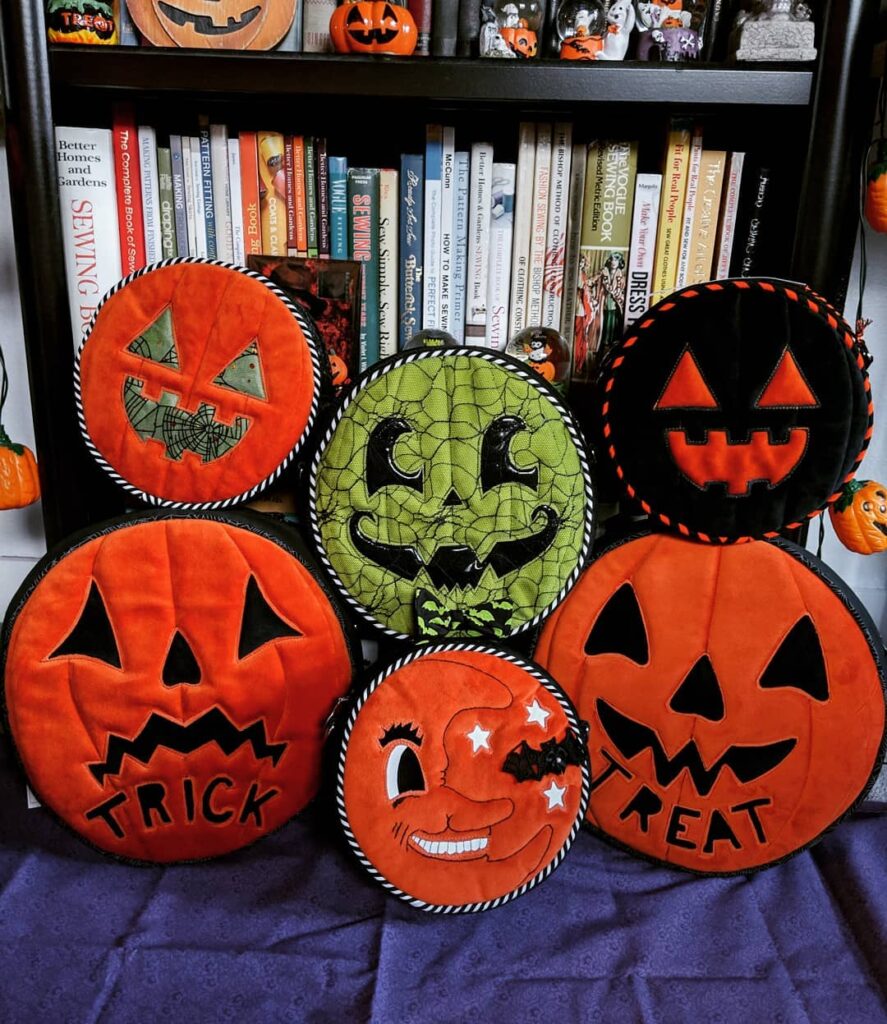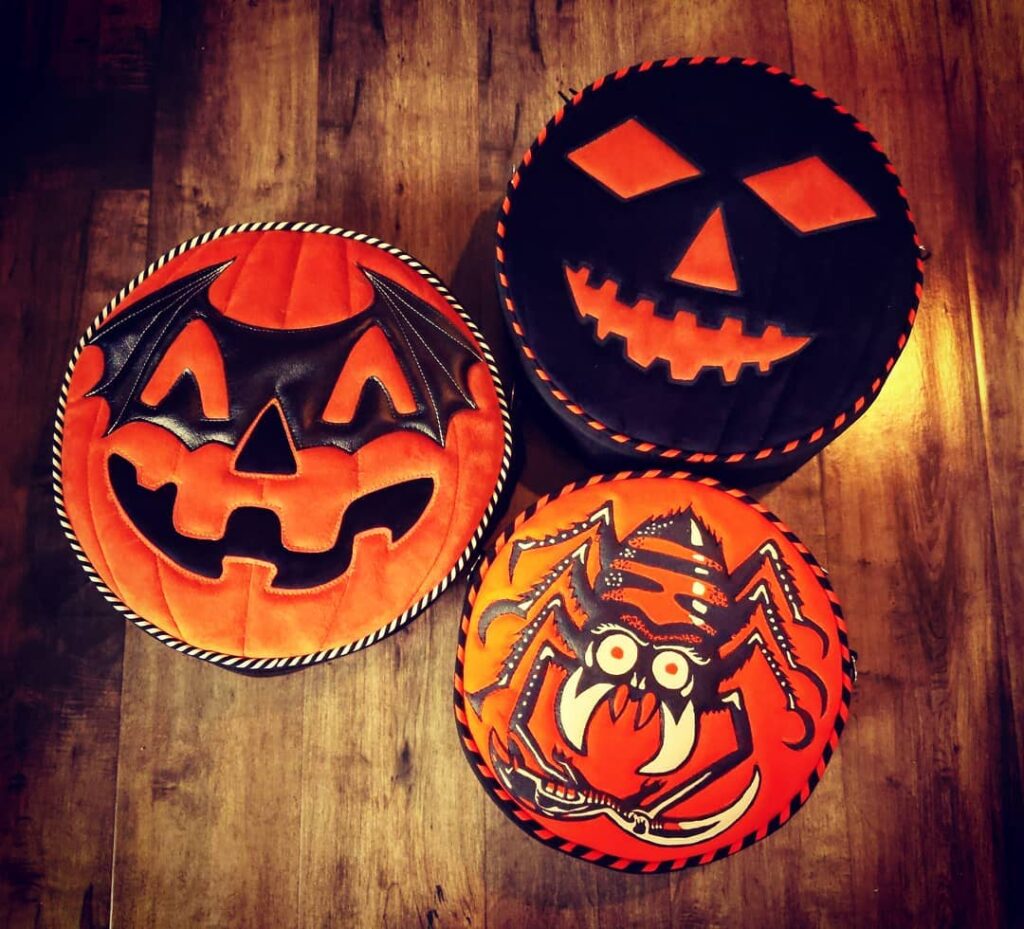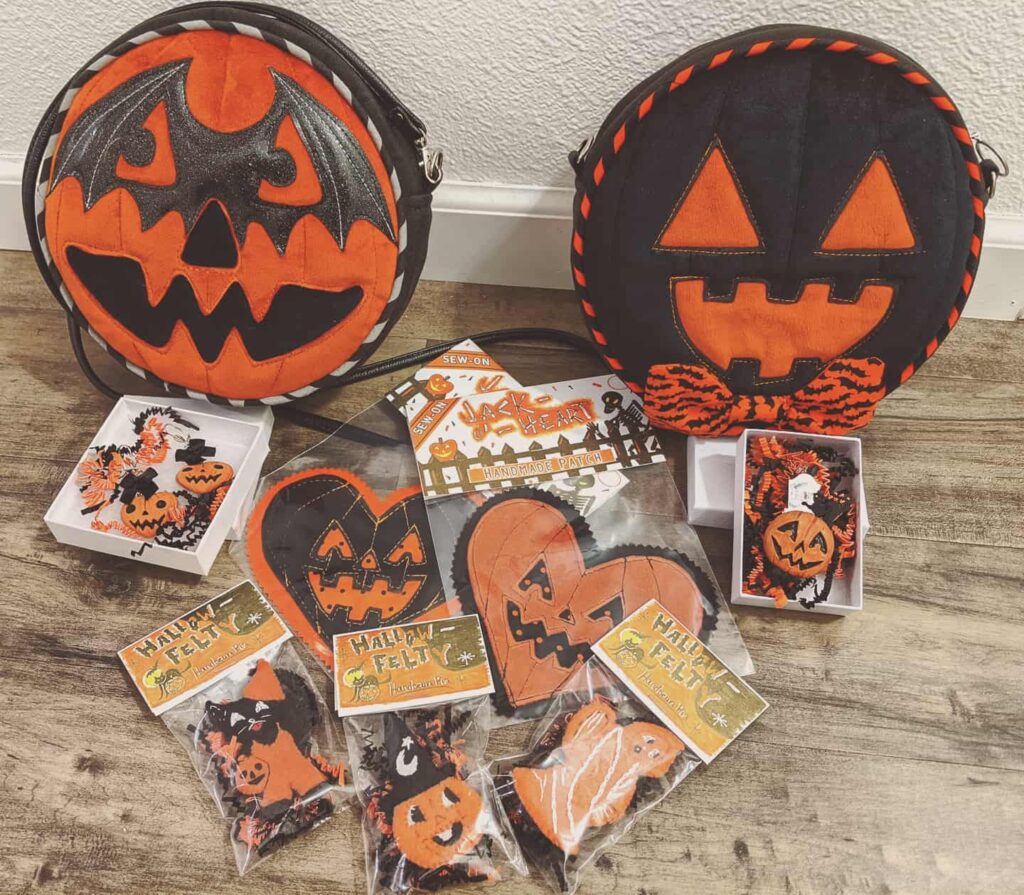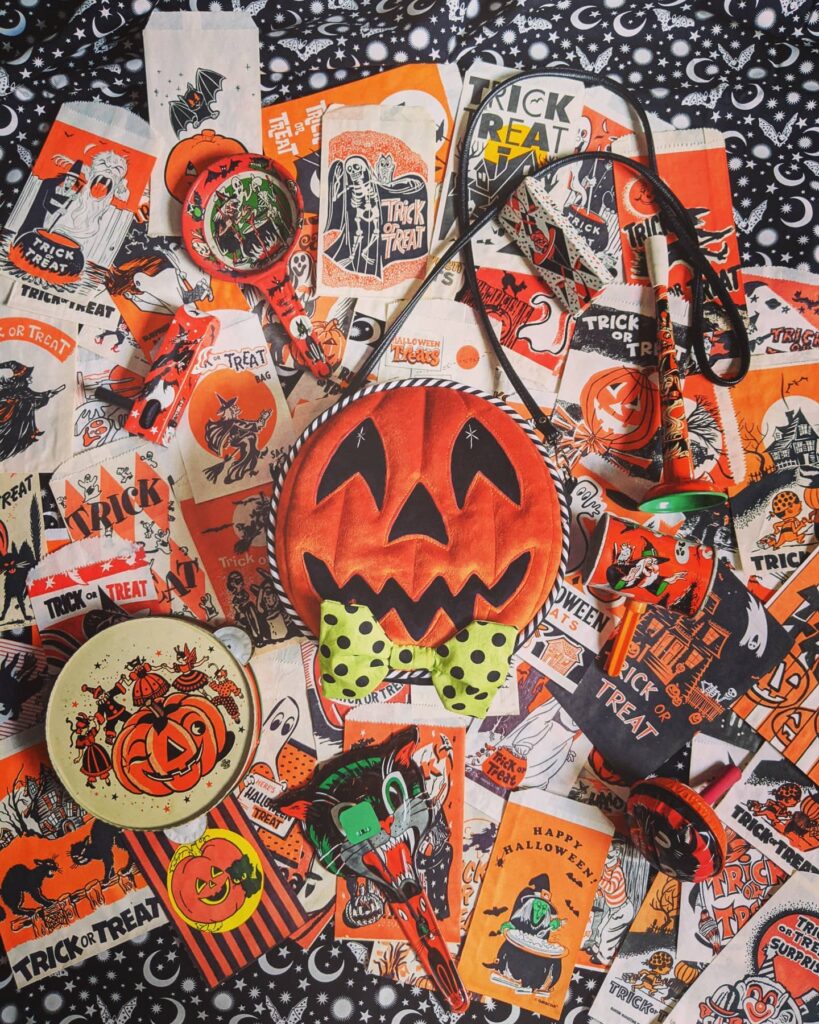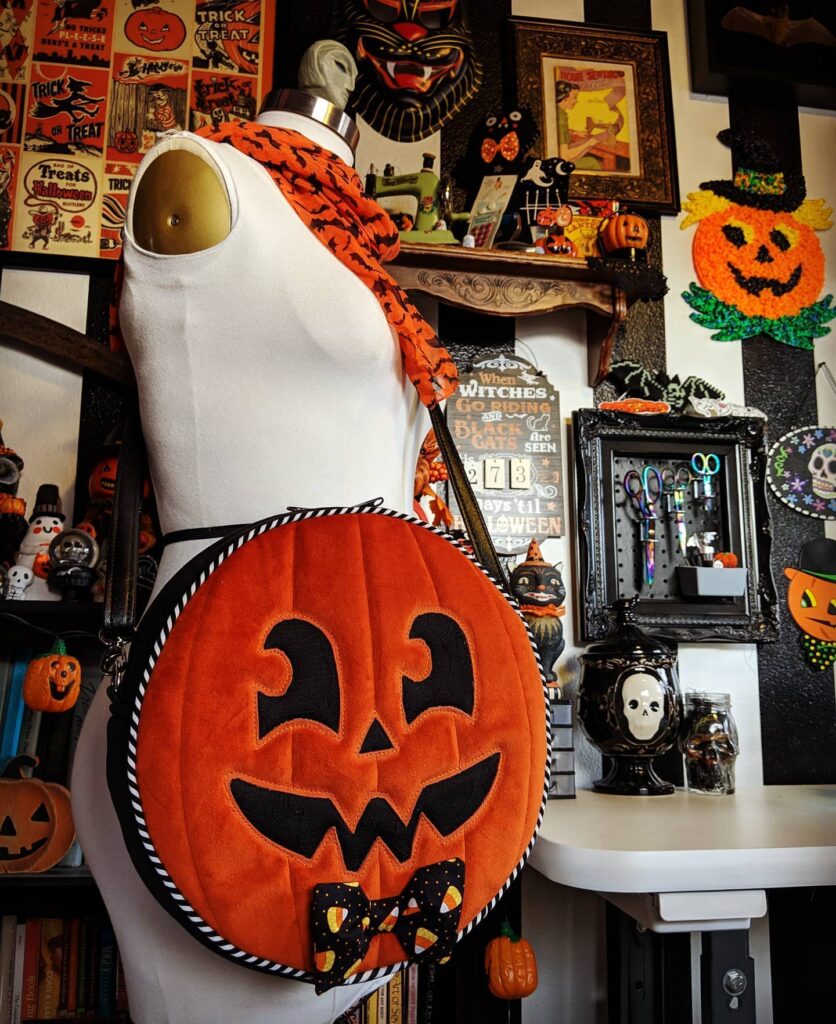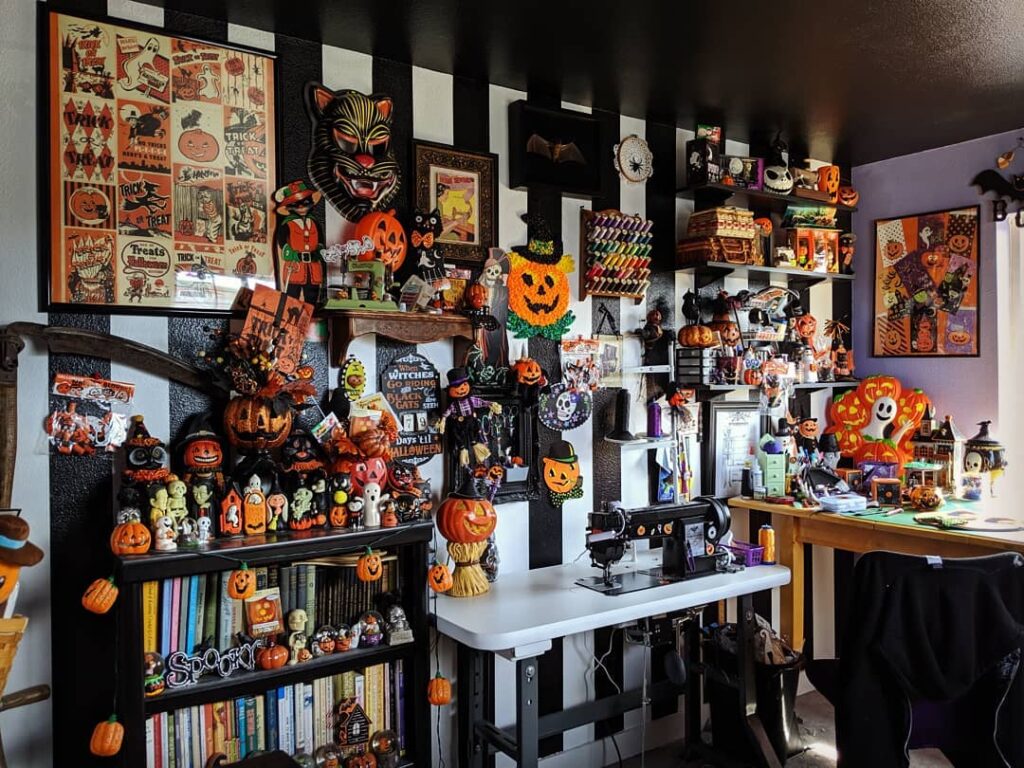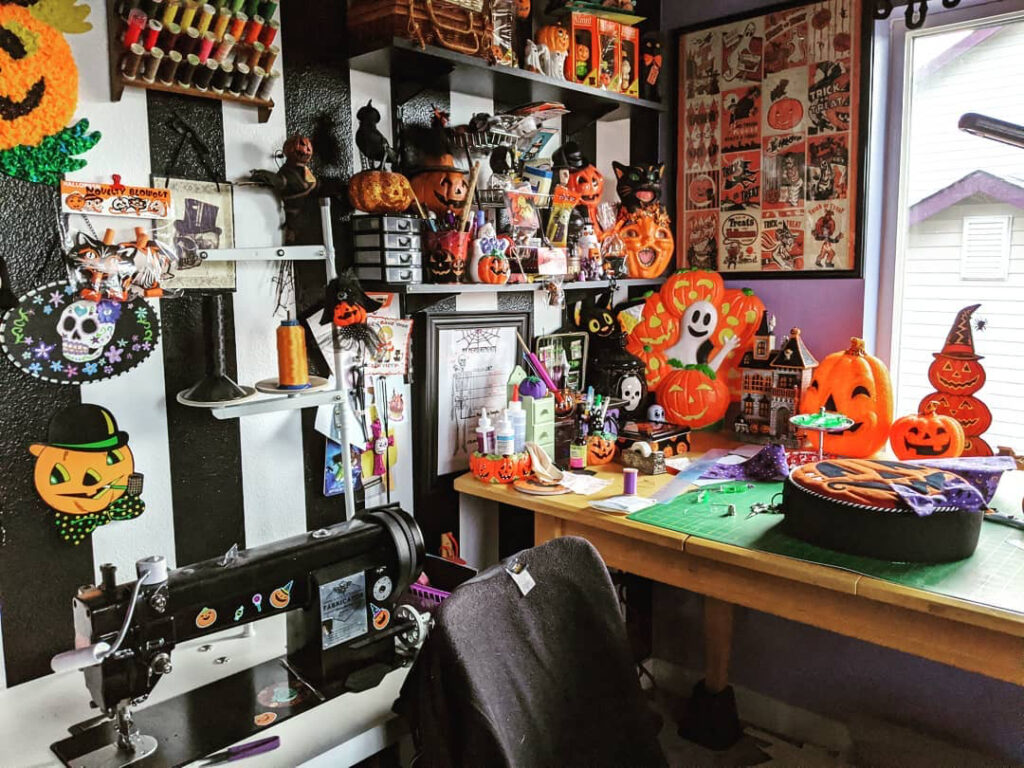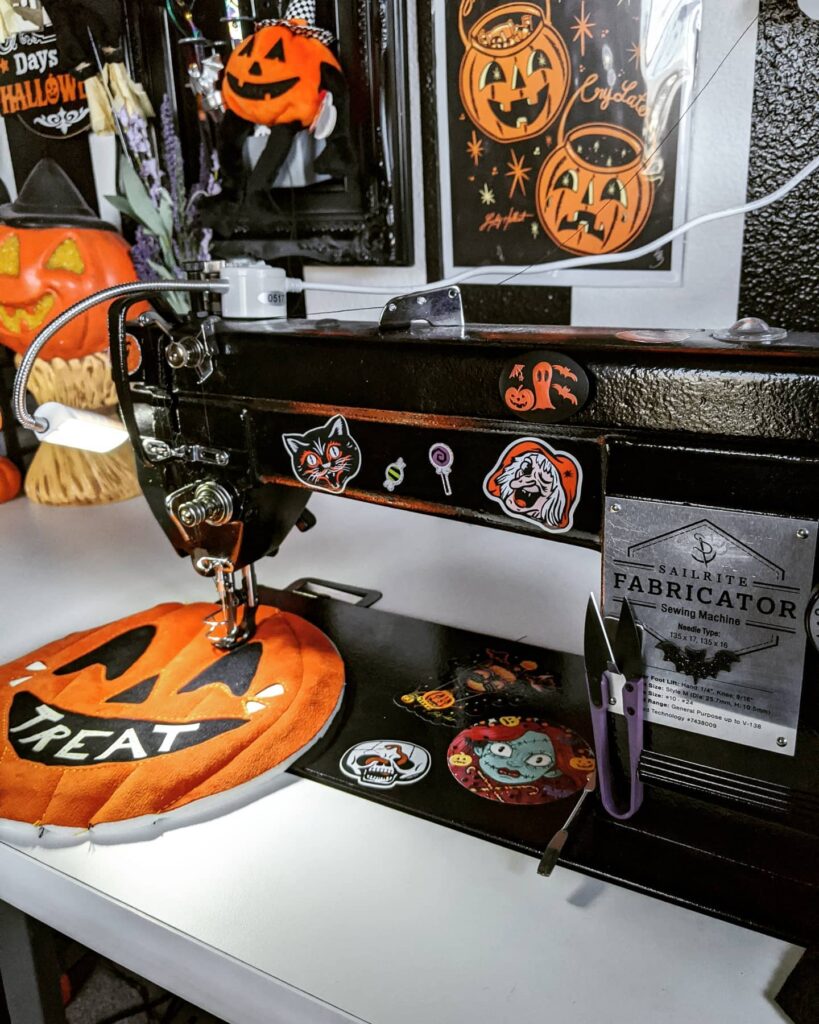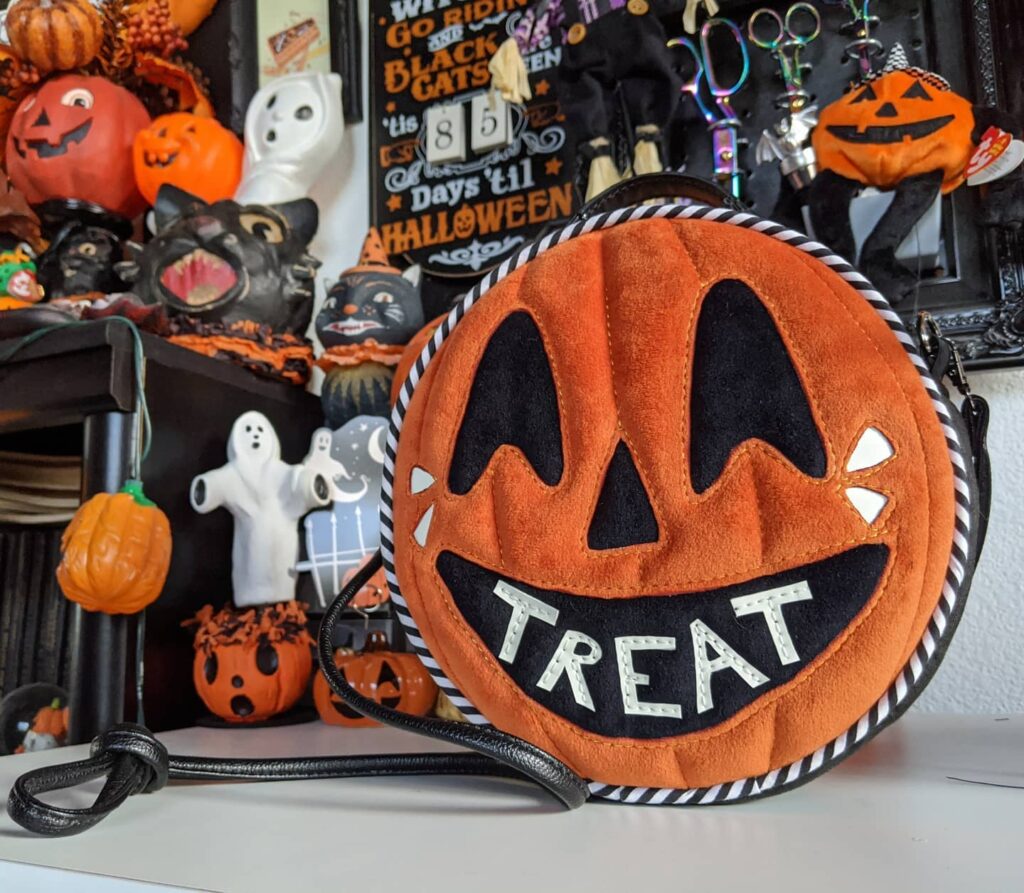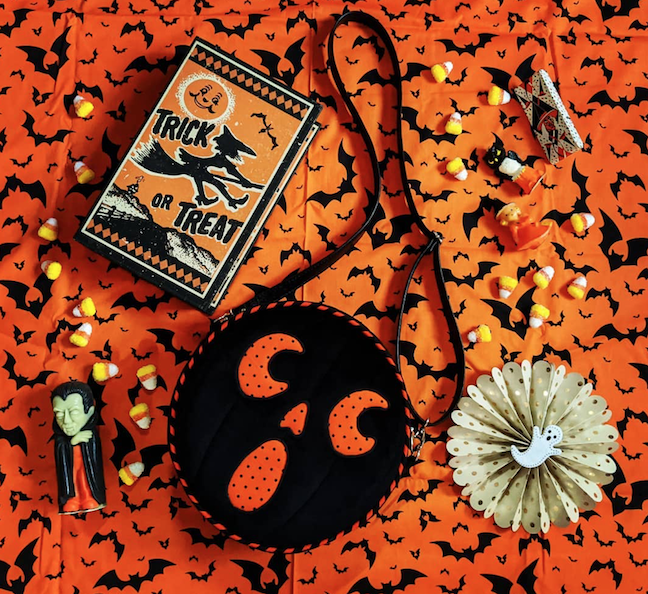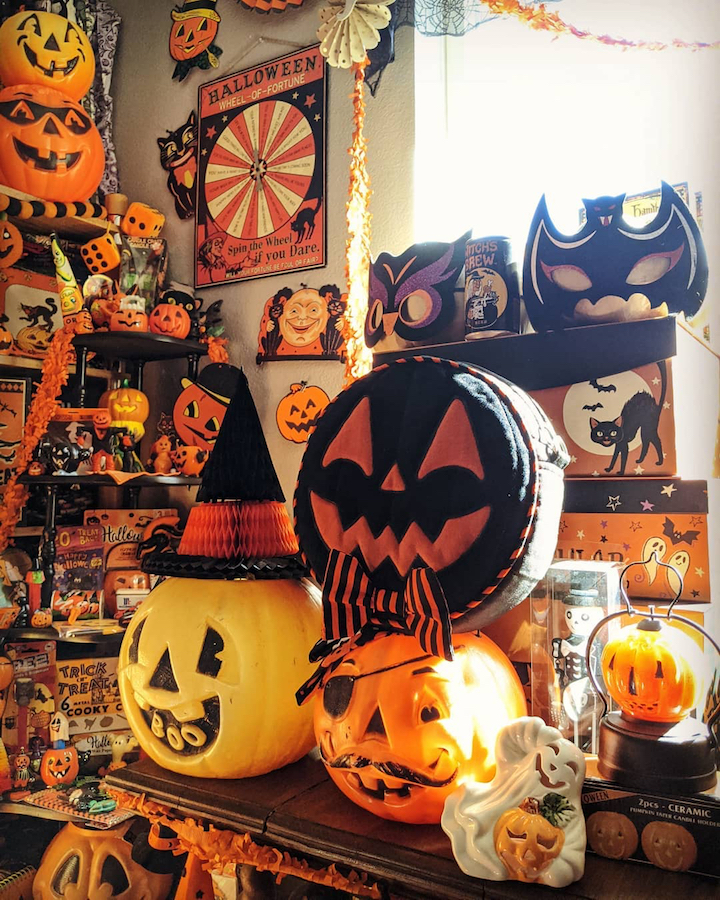A self-proclaimed jack-of-all-trades, master of none, Joe McFarland has a well-rounded DIY skill set. From sewing canvas and upholstery, welding, woodworking and electrical skills to motorcycle repair, machining and mechanical engineering — the list goes on and on. Joe is a true thrill seeker and big kid at heart; he loves boating, motocross, RC cars, drones and planes. An engineer by trade, he spends his free time volunteering, sailing, writing, canning, beekeeping and has recently gotten into vinyl lettering.
One of his most enduring and favorite activities is sewing. Having learned from his mother, he uses his sewing skills to outfit his four boats and recently completed a Meyers Manx dune buggy overhaul. He completely refurbished the buggy and sewed the backseat upholstery using his well-invested Ultrafeed® LSZ. Keep reading to learn more about this energetic go-getter and his long list of DIY triumphs.

Learning to Sew
Joe and his brother learned to sew, both by hand and machine, when they were kids. They were raised by their mother, who is just as self-dependent as her sons, and she instilled them with important life skills at an early age. “I remember clearly being in summer camp and one of our group projects was to hand-sew torn clothing. The counselor asked me if he had the final lock stitch correct, and I showed him how I was taught — and that I still use to this day when hand sewing.” This upbringing made Joe the self-reliant and motivated person he is today.
And just like his mom, Joe shares his skills and knowledge and enjoys helping others to grow and learn how to do things for themselves. “Knowledge can save a person’s life, especially on a sailboat, in a storm, on a lee shore, or with a failed motor due to water contamination in the fuel system (as I’ve experienced firsthand on my boat). Being able to fix things is important.” All of Joe’s boats have been fixer-uppers, and he takes as much joy from refurbishing and getting them seaworthy as he does from sailing and cruising.
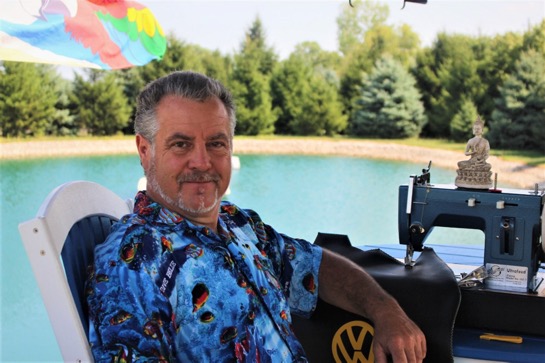
What does Joe love about sewing? “I really enjoy sewing. It’s relaxing and slows me down. Not so much as a hobby, but as a means to get things done and to save significant dollars.” He also enjoys the independence that sewing brings. Being able to make or fix something yourself and have it turn out exactly the way you’re envisioning is a sentiment all sewers can relate to and appreciate.
Boats, Sewing & DIY
Joe bought his first sailboat, a semi-derelict 1972 30-foot C&C named Wild Irish, in 2003. It needed a lot of work. Joe purchased the boat in the spring, and he spent several months sanding, polishing and sprucing up the boat while it was in dry dock storage. A few years after the initial refit, it was time to upgrade all of the canvaswork. “To save time and money, DIY was the only way the work that was needed was going to get done. Providing my own canvaswork was one, if not the biggest, cost savings.”
He needed a sewing machine that could handle the many canvas projects he had planned. “I knew I needed an industrial machine. After researching the options I chose the Ultrafeed LSZ, which best fit my needs. It’s portable and robust, can be hand cranked, and the support offered by Sailrite is important. I will have my machine on my boat for long distance sailing for sure.”
“I was getting ready to undertake my first major boat canvas project — bimini, dodger, side and rear enclosures, and shades. So while I was at the Annapolis Boat Show that year, I went to the Sailrite booth and started asking questions. [Vice President and Owner] Matt Grant assisted me one-on-one and from that point on I was hooked on Sailrite. Working for a customer-driven corporation, I know that customer support is key.”
He has made numerous projects over the years, including canvas projects, covers, cushions, pillows and more. He relied on Sailrite’s how-to videos to help him through the hardest projects. “The only way I was able to tackle the canvas enclosure project was by living on YouTube and watching the Sailrite instructional videos over and over. I would test-sew small demo pieces of Strataglass™ to ensure I was doing it right before cutting into the large and costly rolls.”
For his dodger DIY, Joe took extensive photos of every step of the process. He did his patterning on the boat, and then took everything back to his sewing loft 127 miles away from the boatyard. Such diligent and careful planning paid off in the end. Joe’s dodger turned out beautifully and his hard work can be seen in the finished project. “The first fit was perfect and I was terribly thrilled. I plan on adding snaps in the summer when the canvas is hot, and then cut in the grab rails and running rigging holes.” Joe created a three-piece dodger, and all three panels can be removed or installed for weather conditions and comfort.
Joe now has four boats: the 30-foot Wild Irish, a 22-foot Catalina named Irish Rover, an 8-foot Zodiac Inflatable named Ulysses and a 20-foot Sea Ray called Irish Wake. He has sewn projects for all of his boats. “I have sailed my boats in all but one of the Great Lakes, the Gulf of Mexico, the Atlantic Coast and the Bimini Bahamas.” This small fleet of sailing vessels is sure to keep Joe busy in his sewing loft for the foreseeable future.
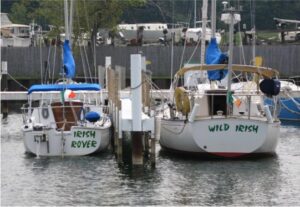
A Year on the Sea (Almost)
Joe, like a lot of people, had big plans for 2020. But as the John Lennon lyric goes: “Life is what happens to you while you’re busy making other plans.” Flashing back to 2015, Joe announced to friends, family and coworkers that he planned on taking a yearlong sabbatical in 2020 to sail the Atlantic and Caribbean on his 30-foot sailboat, Wild Irish. “It was my 50th birthday gift to myself and was supposed to start in February 2020. I worked diligently over the past five years refitting the boat for ocean sailing, including the last bits of canvaswork and interior upholstery. In April 2020, one year’s worth of provisions were ready to be loaded and the boat was scheduled for launch.”
Joe meticulously planned and prepared for his yearlong voyage. He arranged the time off with his employer. He organized, he packed, he cooked and canned a year’s worth of meat and other provisions. He even made his own soap from the rendered beef fat! He installed solar panels on his bimini and added a new barrier coat and bottom paint to the hull specifically for saltwater. He was excited and ready to finally begin his sea voyage. And then … the COVID-19 pandemic hit.
-
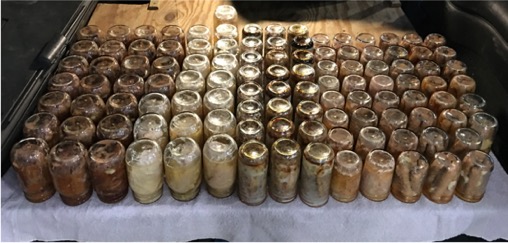
canned meat -
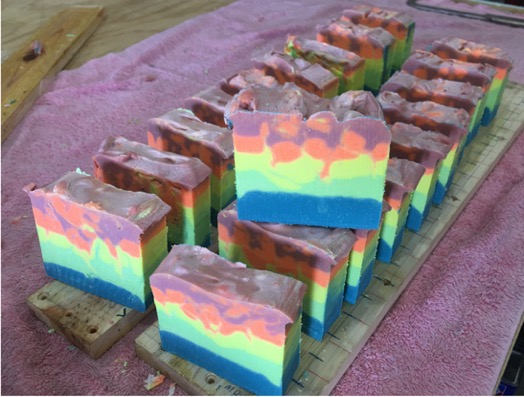
handmade soap -

storage
“Wild Irish will not launch this year. It pains me to see her alone on the hard. I was almost there and was ready to load the last bit of stores, which are all now in storage.” Ever the optimist, Joe didn’t let a year off work go to waste. “No worries on the postponed boat trip; everything is a blessing in disguise. I finished my buggy!”
Plan B: Project Dune Buggy
With a year off from work and no hopes for his sea voyage, Joe, was unwilling to while away a whole year. So he turned to another project to occupy his time. “The buggy is an original 1970 Meyers Manx and the project has a long history – 31 years to be exact.” Joe grew up in Southern California, and Pismo Beach was considered the dune buggy mecca. “At the time, my stepfather had several buggies, one of which was a one-piece fiberglass body dune buggy.”
At age 19, Joe was living in Ohio, and he traded in his motorcycle for a buggy. It was kept behind an old barn buried in weeds and heavily damaged from the elements. “That summer, I had completely stripped it down to pieces and readied it for the rebuild. After re-fiberglassing the many holes and damage from years past, a friend’s father owned an auto body shop where my buddy worked. I was able to barter the 1989 I-Roc Z metallic blue paint job for a car audio system, which I installed in his classic car. While the body was being painted, I continued work on the chassis. Then life got in the way. Between working several jobs and putting myself through college, the buggy sat in storage.” The project was started and stopped several times over the years. Until, finally, the 2020 pandemic offered the perfect opportunity to complete the rebuild. A serendipitous consolation prize for his canceled sailboat trip.
In February 2019, Joe flew to California to meet Bruce Meyers, the creator of the Manx, for a group breakfast organized by the Manx Group. The Meyers Manx dune buggy was produced from 1964 to 1971 in California and was initially designed for desert racing. The recreational vehicle has the shortened chassis of a Volkswagen® Beetle and became the first-known street-legal fiberglass dune buggy. Meeting Bruce Meyers gave Joe the motivation he needed to restart his dune buggy project, and the pandemic gave him the opportunity.
And so, in early 2020, Joe began working on his buggy restoration project. He washed 30 years of dust off his buggy and got to work. “The restoration went as expected with few surprises. Fortunately, I had rebuilt the motor and transmission in 2019. I had restored the chassis pan in 1989. There was considerable time for disassembly, washing, cleaning, sandblasting, priming, painting and reassembly of all the subcomponents. There were also components that needed to be manufactured, including the rear engine cage frame, front seat frames, rear seats and more.”
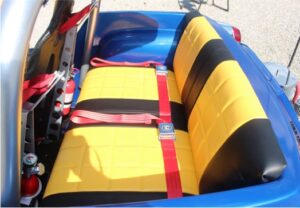
Joe’s dune buggy project was coming along nicely, but there was one more thing he needed. The yellow vinyl for the backseat needed to perfectly match the prefabricated front seats. Luckily, with time on his hands and Sailrite headquarters a short road trip away, the solution was clear. “I went to the Sailrite website and found several shades of yellow. I knew there was no way I was going to match the color online since the yellow I needed was a very off shade.” He contacted Sailrite and asked if he could bring a sample of the vinyl to the Sailrite office so they could find a vinyl in stock to match. One of Sailrite’s customer service reps worked with Joe personally to find an exact match to his yellow front seats. He returned home with the vinyl he needed and had the backseat upholstered the next day. After a few finishing touches, the buggy was complete and Joe took it out for its first drive in over 30 years — a happy ending to what could have been a wasted year.
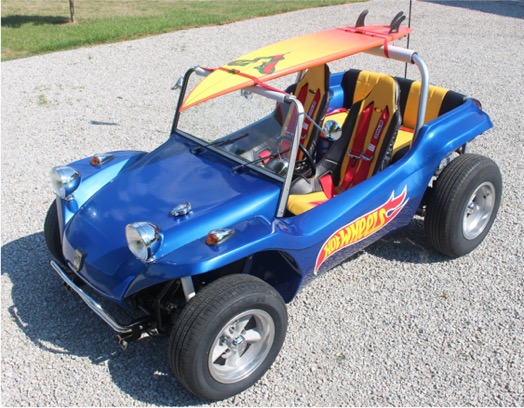
What’s next for this adventurous DIYer? Well, he’s still on sabbatical for the rest of the year. He’s currently working on refurbishing a 1958 chopper that he purchased in 1998. Joe plans on relaunching his Wild Irish trip in 2021. Until then, we’re confident this hardworking sewer will find plenty of projects to occupy his time. We wish you all the best, Joe, and hope that when you do finally launch your yearlong sailing voyage that it’s truly the trip of a lifetime. You’ve earned it!
Who We Are
Sailrite is your one-stop DIY shop! We are a passionate crew of do-it-yourselfers who strive to equip you with the supplies and how-to knowledge you need to tackle your next project. Do you want to learn upholstery, leatherwork, canvaswork, hobby sewing, bag making or more? We have the fabric, tools, hardware, sewing machines and notions you need to master any DIY. And even if you’ve never sewn before, our tutorials and how-to videos are designed for beginners and experienced crafters alike.
Start your DIY journey today: www.sailrite.com


